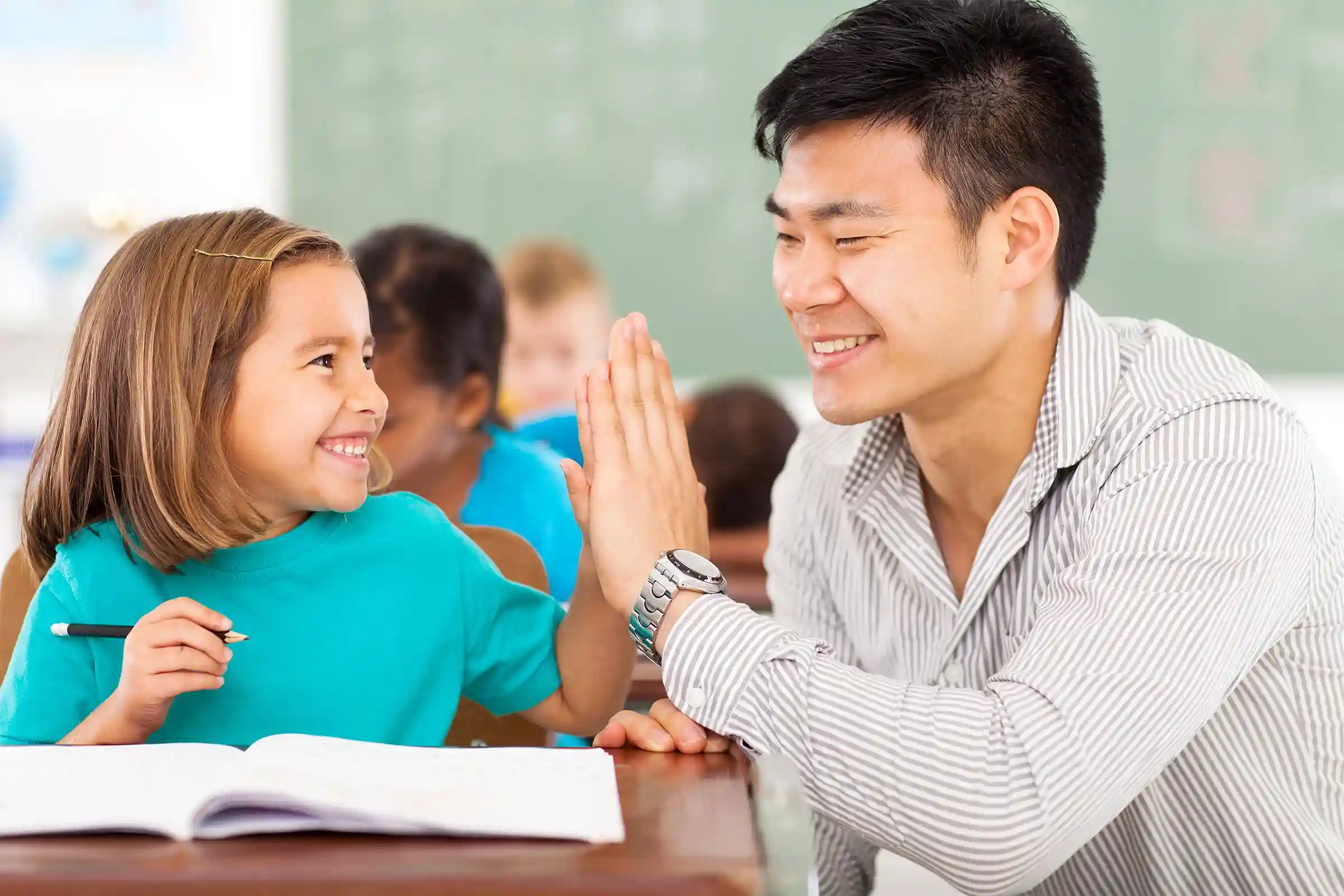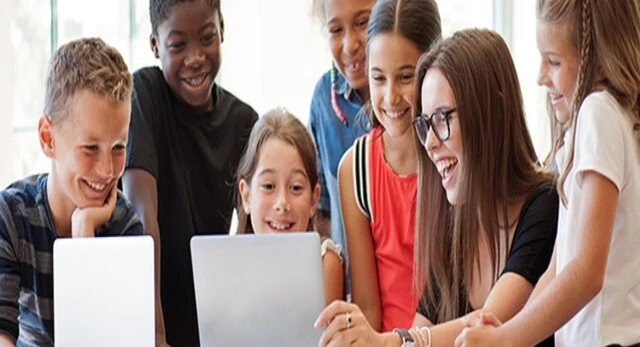
Effective communication is a key component of a successful educational environment. When students and teachers communicate simply and freely, learning outcomes improve dramatically. This blog examines the significance of student-teacher communication, identifies typical impediments, and suggests techniques for improving these interactions for greater academic performance.
The Importance of Communication in Education
In any educational institution, student and teachers communication and collaboration is essential for molding the learning experience. Communication between students and teachers is more than just imparting knowledge; it is also about developing mutual understanding, encouraging involvement, and establishing trust. When students and teachers communicate effectively, they feel more connected and motivated, which leads to increased class participation and overall learning results.
Good communication skills enable students to successfully convey their ideas, concerns, and obstacles, allowing teachers to better meet specific learning requirements. Teachers, on the other hand, can use effective communication to lead, instruct, and motivate their students.
Common Barriers to Effective Communication
Despite the significance of effective communication, a number of hurdles can prevent meaningful interactions between students and teachers. Identifying these hurdles is the first step towards better communication.
1. Cultural and language barriers
Many classrooms have pupils from various backgrounds. This diversity can occasionally cause communication gaps owing to cultural and linguistic disparities. For example, some students may be hesitant to raise questions or engage in debates because cultural traditions prohibit speaking out in front of authority individuals. Similarly, linguistic limitations might make it difficult for pupils to completely comprehend instructions and express themselves clearly.
2. Emotional Barriers
Emotions play an important part in communication. A student who is apprehensive, stressed, or lacking confidence may have difficulty communicating successfully with their teacher. Similarly, teachers who are upset or overburdened may not always respond to kids in a positive way. Emotional barriers can lead to a cycle of misunderstanding in which students and teachers fail to communicate.
3. Technology Over use
While technology offers numerous advantages in education, excessive reliance on digital communication technologies can impede personal engagement. Text messages, emails, and online platforms are convenient, but they frequently lack the complexity of face-to-face interaction. This can result in misunderstandings and missed possibilities for greater interaction.
Strategies to Improve Student-Teacher Communication
Improving student-teacher communication is critical to creating a healthy learning environment. Here are some practical techniques to help bridge communication barriers and improve learning results.
1.Active Listening
Active listening is an essential ability for both students and teachers. It entails completely focusing to what the other person is saying rather than simply waiting your turn to speak. Teachers can practice active listening by paying complete attention to children who ask questions or express concerns. This not only makes kids feel valued, but also allows teachers to better understand their needs. Similarly, students can enhance their communication skills by attentively listening to instructions and comments, allowing them to perform better in class.
2.Encourage open dialogue
Creating an open and safe environment in which students feel comfortable expressing themselves is essential for boosting student communication. Teachers can foster this by establishing clear norms for courteous communication in the classroom and remaining approachable. When students know they can express themselves without fear of being judged, they are more willing to participate in conversations and seek assistance when necessary.
3.Use Technology Wisely
While excessive use of technology can be a barrier, when done effectively, it can also improve communication. Teachers can use internet platforms to set up discussion forums where students can ask questions and exchange ideas outside of class. Apps such as Google Classroom and Microsoft Teams can help students and teachers communicate more effectively by centralizing assignments, feedback, and conversations. These technologies are especially useful for shy or introverted students, who may prefer to communicate online rather than in person.
4.Regular and constructive feedback
Feedback is an extremely effective tool for improving communication. Teachers should provide students regular, constructive feedback on their work to assist them identify their strengths and areas for progress. Instead of simply pointing out flaws, teachers can provide feedback that promotes progress. Rather than declaring, "This is wrong," a teacher could say, "You've made some progress here, but let's work on this area to make it even better." This strategy creates a pleasant learning atmosphere in which students feel supported as they strive to improve.
5.Establish personal connections
Teachers who take the time to develop personal connections with their students frequently report improved communication and learning outcomes. Simple activities such as greeting students by name, showing interest in their hobbies, and inquiring about their day can help develop rapport. When students believe their teachers truly care about them, they are more likely to engage in open communication and actively participate in the learning process.
The Benefits of Improved Communication for Learning Outcomes

Improving student-teacher communication can have numerous academic and emotional benefits. Some of the main benefits include:
1. Increased engagement
When students feel heard and understood, they are more likely to take part in class discussions and activities. This increased involvement creates a more dynamic learning environment in which students actively participate in their education.
2.Improve Academic Performance
Clear communication helps students understand the topic and allows professors to provide the necessary support for success. As a result, pupils are more likely to do well in assignments, tests, and projects.
3. Strengthened Relationships
Effective communication builds trust and respect between students and teachers. When students feel comfortable speaking with their professors, they are more inclined to seek assistance when needed. This improves the teacher-student relationship and fosters a more conducive learning environment.
4. Improved Problem-solving
Students and teachers who have good communication skills can collaborate to solve challenges more effectively. Whether confronting academic obstacles or resolving issues, clear communication enables collaborative problem-solving, which benefits everyone involved.
Conclusion
Improving student and teacher communication is critical to fostering a happy and effective learning environment. By tackling common communication hurdles and using practices such as active listening, open discourse, and regular feedback, students and teachers can benefit from increased engagement, stronger relationships, and greater academic performance.
Finally, communication serves as a link between students and teachers, increasing the significance and effectiveness of the learning process. Schools and instructors should promote communication skills as a critical component of academic success.
If you're an instructor or a student trying to improve communication in the classroom, begin by practicing active listening and fostering an open environment. These simple alterations can have a significant influence on learning results. Check out our more blog Communication Management for Micro Schools: Tips and Tricks